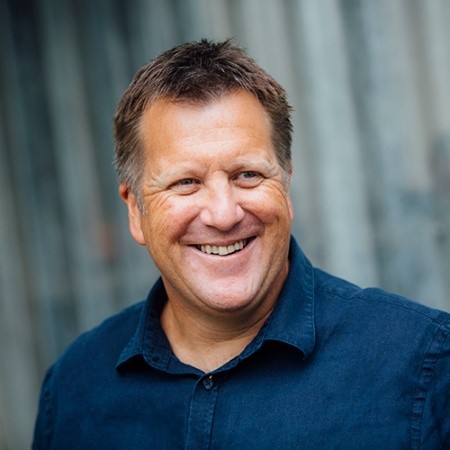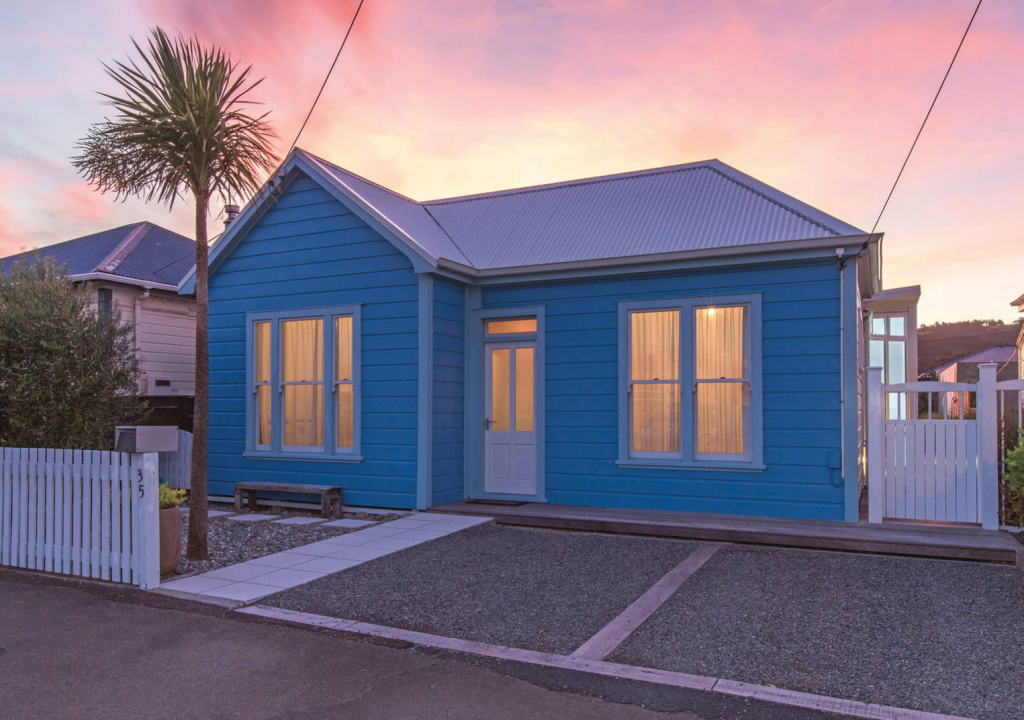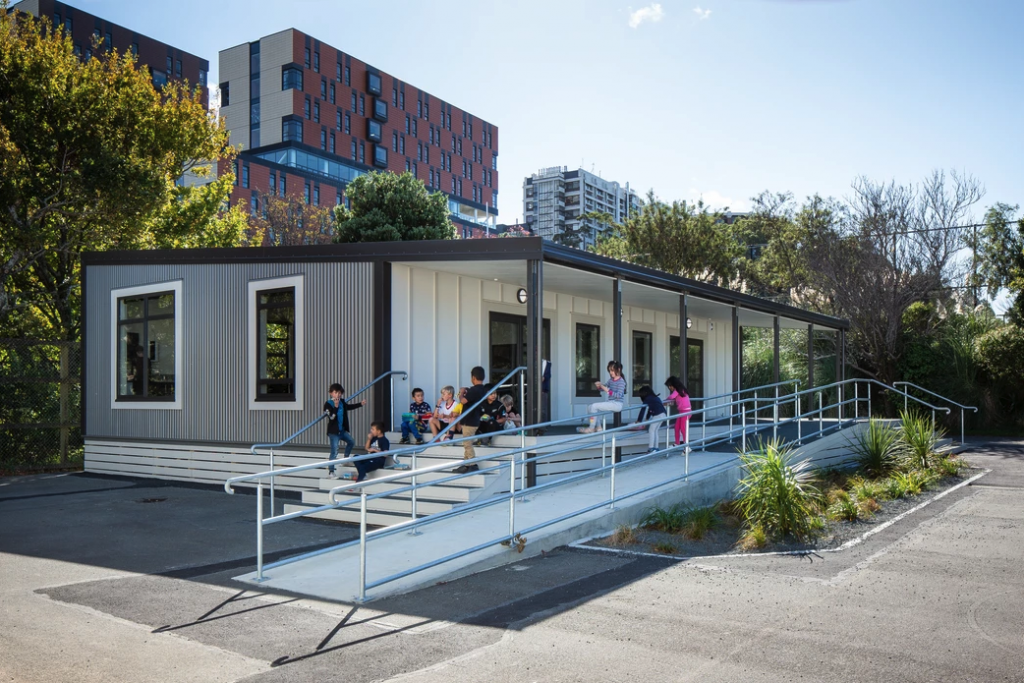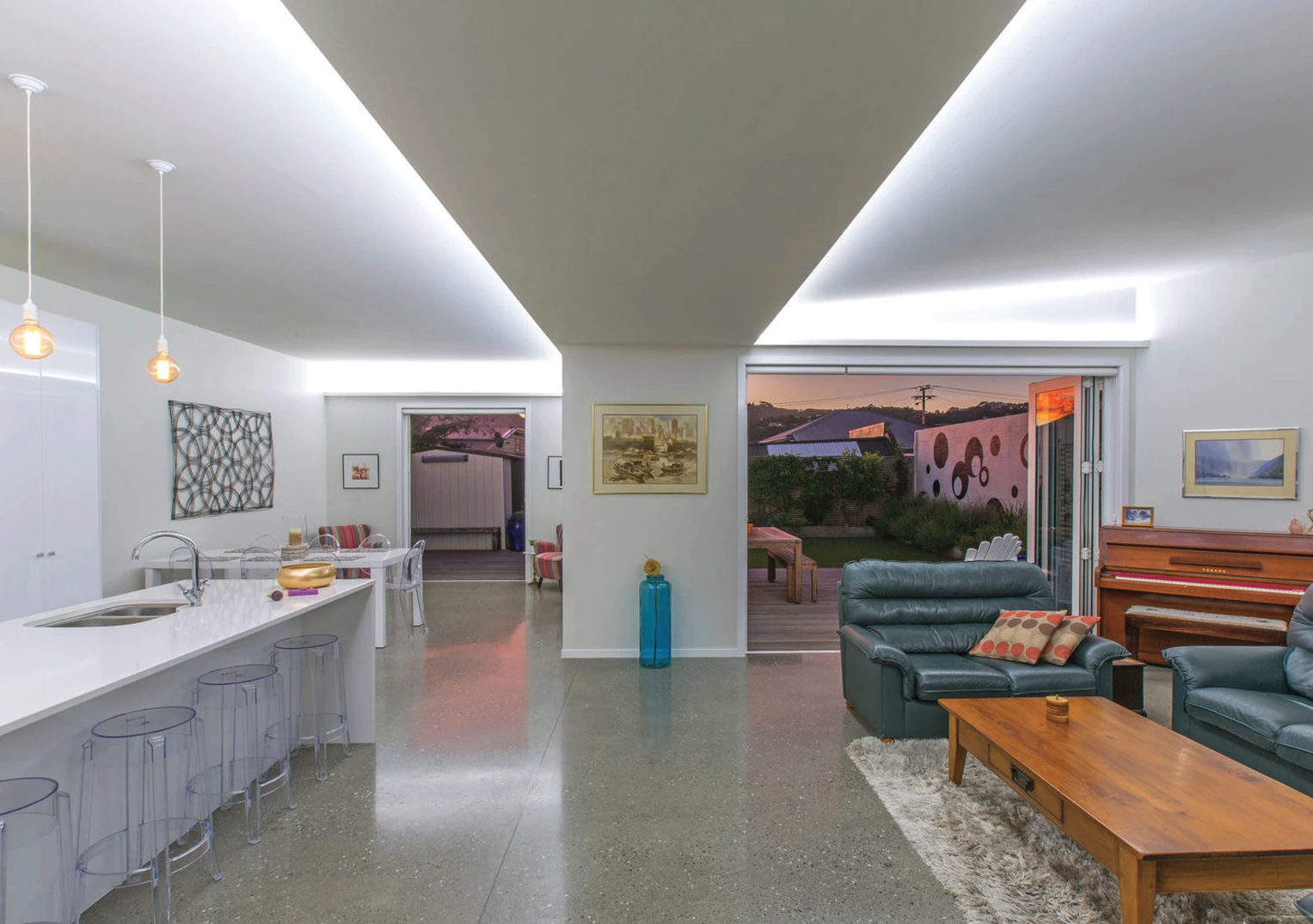Podcast: Play in new window | Download | Embed

I’ve heard it said that New Zealand and Australian are a decade or two behind the US and that the US is a further decade behind Europe when it comes to the quality of our buildings. That leaves us with a lot of catching up to do. Why are we so far behind?
I’m not sure I fully have the answer, but I have talked to a number of designers who have experienced this design time warp first hand.
Useful Links
Mentioned in this episode are:
Technical Drawing to Architecture
Murray Robertson took a liking to technical drawing during intermediate school, which he carried on through into college. After considering both industrial design and landscape design, he eventually settled on Architecture. He ‘did his time’ at a few practices and then found himself at McLaren Associates in Edinburgh where he was introduced to the environmental rating processes of BREEAM. Back in New Zealand, Murray spent over a decade at Stephenson & Turner before starting his own practice, Robertson Architecture Design in 2016.

While he was in the UK, Murray found that good double glazing and central heating were normal. Buildings were generally warm and comfortable. When he came back to New Zealand, he found it quite staggering how far behind we were (and still are).
Baffling Thermal Bridges
Murray described his experience looking at a proposed roof design that involved squashing foil-backed fibreglass insulation between purlins and a piece of plywood, directly below the roofing material. This arrangement creates a thermal bridge where the insulation is squashed. Making things worse, the foil ends up trapping the inevitable condensation.
The scary thing about this story is that it’s from 2005 when the results of this type of design were well known, yet it’s still common practice in New Zealand (and Australia) today. After being introduced to warm roof designs (where continuous insulation is installed above the structure) more than a decade prior in the UK, Murray was completely baffled that we’d still be designing such thermal bridges into our roofs here.
Greenstar
Murray was one of the first New Zealanders to do Greenstar training in New Zealand. While at Stephenson & Turner he worked on a small Greenstar government building. He remembers having to work quite hard to source thermally broken double glazed windows, and even harder to ensure they stayed specified and got installed.

Govt³
Murray reflects that there was potential for a step-change in New Zealand, lead by Helen Clarke’s Government at the time. The progressive Govt³ initiative included a mandate that all new Government buildings would require a Greenstar rating. But then the government changed.
Robertson Architecture Design

Now in his own practice, Murray is continuing to work in the education sector, designing classrooms. He’s also exploring Passive House.
New Zealand and Australia remain a long way behind the US and Europe in terms of building science, building performance and sustainability. Perhaps with more people with Murray’s experience we can start to catch up.

Leave a Reply